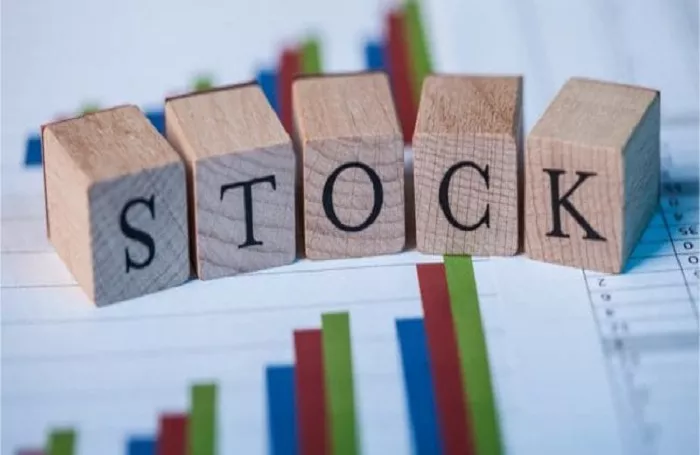After a stellar 24% gain in 2024, the US stock market has entered a more muted phase in 2025, gaining only about 4.6% year-to-date. Despite reaching new highs earlier in the year, progress has been slow, with stocks remaining stuck within a narrow range of about 3.5% for much of the past month. Recent volatility, such as a sharp decline following a new high, has raised questions about the market’s next move.
Investor Sentiment: A Reset After Election Optimism
Adam Turnquist, chief technical strategist at LPL Financial, suggests that the market’s current stagnation is partly due to a reset in expectations. “Everyone was all in on equities going into this year, and I think we’ve had some resetting of expectations and sentiment,” he explains. This shift follows a dramatic rally after the presidential election in late 2024, driven by optimism about a pro-growth, business-friendly agenda under President Trump. However, after a sharp turn in mid-December, when the Federal Reserve reduced its interest rate cut projections for 2025, the rally lost momentum.
Michael Arone, chief investment strategist at State Street Global Advisors, notes that such post-election market pauses are not unusual. “This is partly what’s happened in the last four weeks,” he says, adding that it’s common for markets to digest and recalibrate expectations after a big surge in response to a new administration.
Lingering Uncertainty: Tariffs and Trade Policy
The biggest headwind for the market is the uncertainty surrounding trade policy, particularly the tariffs proposed by the Trump administration. While some tariffs have been enacted—particularly on China—others, including those on Mexico and Canada, have been delayed, and further proposals remain in limbo. “The market wants some kind of clarity on tariffs,” says Turnquist. “To really understand what’s in play for inflation, earnings, and growth, the market needs more definitive policies.”
This ambiguity, combined with the potential inflationary impact of tariffs, has left investors uncertain about the future, contributing to the market’s stall.
Macro Conditions and the Fed’s Cautious Approach
On top of trade concerns, the broader macroeconomic environment has been a drag on the market. The Federal Reserve has held interest rates steady as it waits for more data on inflation, which, despite some improvement, remains above the Fed’s target. With inflation still sticky, longer-term bond yields have risen, and the US dollar has strengthened—both of which can weigh on stocks.
Turnquist suggests that the current macro conditions aren’t conducive to further market highs. “The market making new highs is difficult with these factors in play,” he says.
Tech Stocks Under Pressure: Is the AI Boom Over?
One area of concern for many investors is the sustainability of the artificial intelligence (AI) rally that has dominated the market in recent months. While AI stocks, particularly in the mega-cap tech sector, drove the market higher in 2024, a selloff triggered by a negative announcement from Chinese AI startup DeepSeek in January raised questions about the long-term viability of the AI trade.
Michael Arone notes that while the AI sector remains promising, it’s clear that tech stocks are now facing a tougher environment. “The AI trade still has legs,” he says, but it’s no longer driving the entire market’s growth.
Is the Market in a Healthy Pause or Losing Momentum?
Despite the sluggishness, some analysts see this market consolidation as a healthy reset rather than a worrying loss of momentum. Turnquist believes that after a period of extreme bullish sentiment, the recent pullback represents a “healthy pause.” “We’re trading time, not trading down,” he says, suggesting that the market is in a phase of consolidation, which typically sets the stage for future gains.
Arone agrees, pointing to broadening returns across sectors, not just in tech. “We’re seeing healthy sector performance,” he says, adding that robust earnings growth across the board signals positive underlying market strength.
Looking Ahead: Volatility and a Bumpy Ride
Both Turnquist and Arone warn that volatility is likely to remain elevated in the near term. “It’s going to be a choppy year of price action,” Turnquist says, noting that upcoming events, such as the release of the Personal Consumption Expenditures Price Index and earnings from major companies like Nvidia, could jolt the market.
While the market may not replicate the explosive gains of 2023 or 2024, Arone remains optimistic about the broader trajectory. “We’re headed in a positive direction,” he says, but investors should be prepared for a bumpy ride as key policy uncertainties persist.
Related topics:
Goodman Group Secures $4 Billion for Data Centre Expansion
Hedge Funds and the Role of Leverage in Returns
Baltic Horizon Fund Reports Unaudited Financial Results for 2024, Achieving Key Milestones


